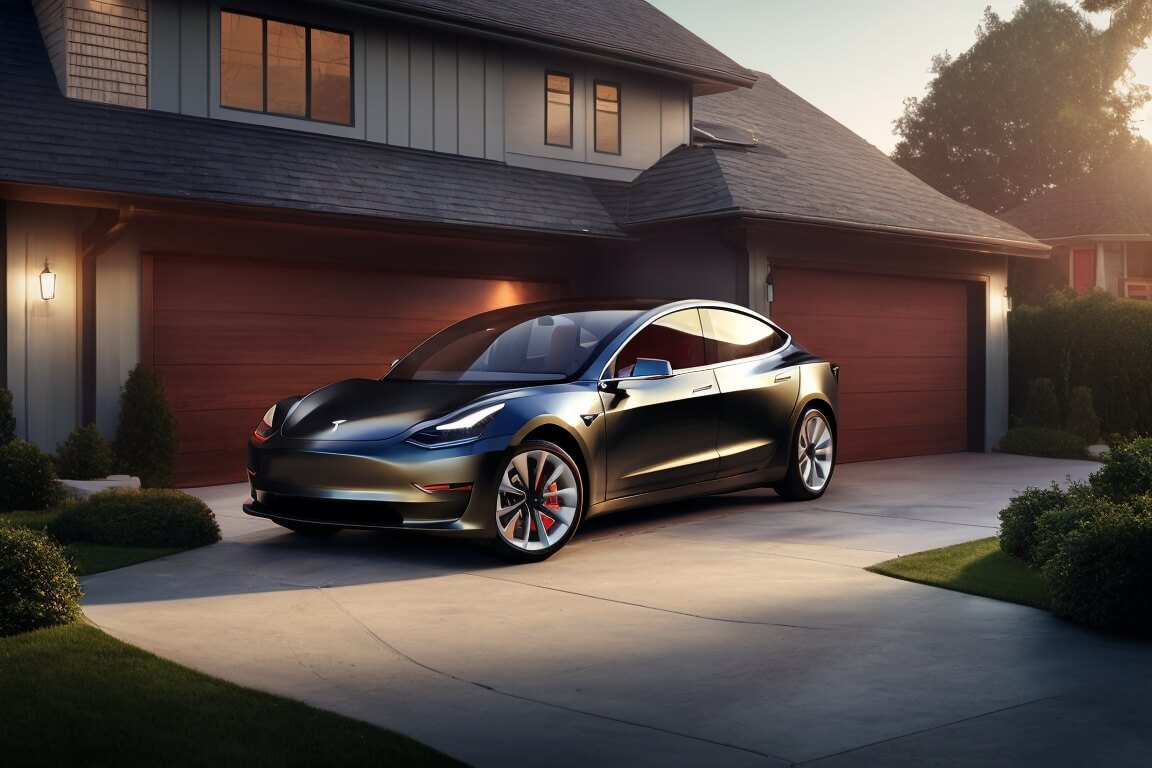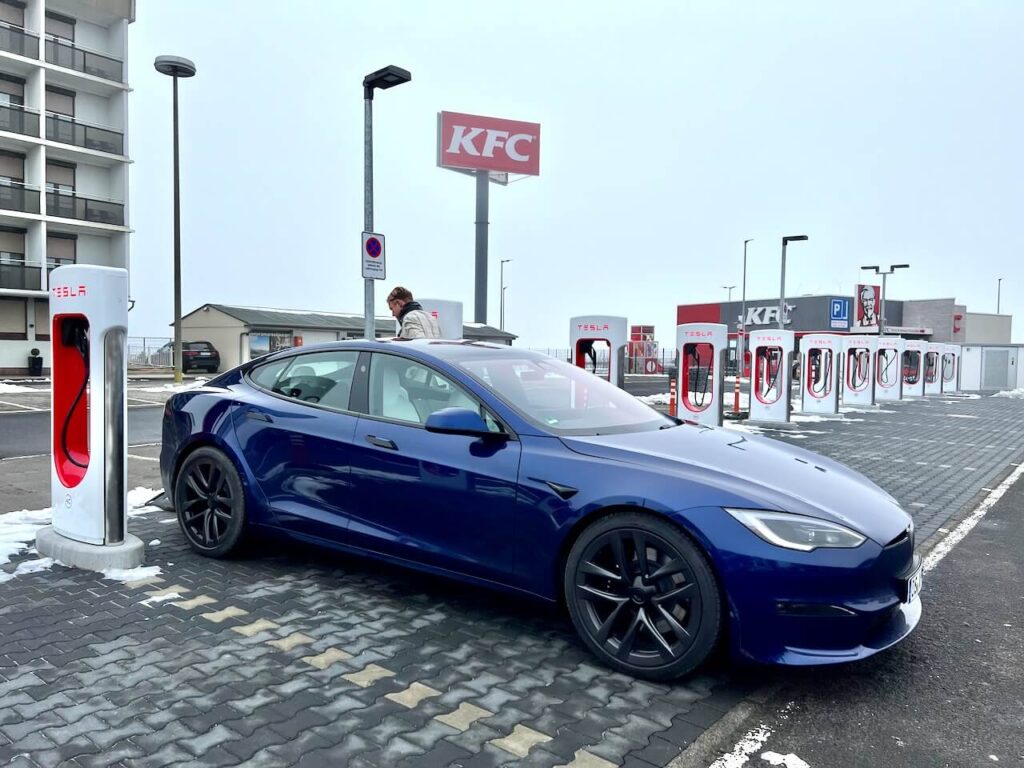Tesla is synonymous with cutting-edge electric vehicle technology, but many prospective owners wonder about the impact of charging a Tesla at home on their monthly electric bills. In general, the electricity costs for running a Tesla are way below what it would cost to run a gas car. In this article, we will explore the various factors that influence the electric bill when charging a Tesla at home and provide insightful tips for a seamless experience.
Electric Bill Impact
- Factors influencing the impact Several factors come into play when it comes to the impact on your electric bill after purchasing a Tesla. These factors include your driving habits, local electricity rates, and charging patterns. Each of these elements contributes to the overall cost.
- Varying experiences of Tesla owners Upon researching the experiences of Tesla owners, it becomes evident that the impact on electric bills is not uniform. While some users reported moderate increases in their bills, others experienced noticeable hikes. The variations are attributed to factors such as driving distances and frequency of long trips. It is essential to consider individual circumstances when estimating the impact.
- Cost comparison with traditional gasoline expenses Despite the increase in the electric bill, Tesla owners consistently report that the cost of charging their vehicles is still lower compared to traditional gasoline expenses. This is a significant advantage of owning an electric car and is evident even when accounting for the increase in electricity costs.
Energy Consumption
- Energy efficiency of Tesla cars Tesla cars are renowned for their energy efficiency. They are meticulously designed to maximize energy usage and often boast higher EPA-rated efficiency compared to conventional vehicles. This efficiency contributes to ensuring lower overall energy consumption.
- Influence of charging patterns and battery size Energy consumption is influenced by charging patterns and battery size. To minimize energy usage, it is recommended to charge your Tesla at home during off-peak hours or utilize superchargers sparingly. By optimizing your charging routine, you can effectively manage the impact on your electric bill.
Considering Local Electricity Rates
- Significant variations in costs Local electricity rates vary significantly between regions. It is crucial to consider these rates when estimating the impact on your electric bill. Conduct thorough research, consult with your utility provider, and assess the specific costs applicable to your location. This will allow you to make an informed decision regarding the financial implications of charging a Tesla at home.
Solar Panels and Environmental Impact
- Offsetting charging costs through solar panels Many Tesla owners explore the option of installing solar panels to offset the charging costs and reduce their environmental impact. By harnessing clean and renewable energy, owners can power their Teslas without relying solely on the electrical grid. This sustainable approach not only brings economic benefits but also contributes to a greener future.
- Reducing environmental impact Charging a Tesla at home using solar panels not only helps lower the electric bill but also reduces the overall environmental impact. By transitioning to renewable energy sources, you can significantly decrease your carbon footprint and contribute to a more sustainable planet.
Charging Infrastructure Availability
- Impact on charging habits and electric bills The availability of charging infrastructure plays a crucial role in determining the charging habits of Tesla owners. Depending on the convenience and accessibility of charging stations in your area, you may adjust your charging routine, which can subsequently affect your electric bill. Understanding the charging infrastructure landscape in your region will help you make informed choices.
In conclusion, charging a Tesla at home can lead to an increase in electric bills. However, the magnitude of the increase varies depending on several factors such as driving habits, charging patterns, and local electricity rates. Tesla cars are known for their energy efficiency, and despite the increase in electricity costs, they still offer lower expenses compared to traditional gasoline vehicles. By carefully considering these factors and optimizing charging habits, Tesla owners can manage the impact on their electric bills effectively.
Frequently Asked Questions:
- Q: Are all Tesla models equally energy-efficient?
- A: Tesla models are among the most-efficient EVs, yet vary in terms of energy efficiency, with some models offering higher EPA-rated efficiency compared to others. It is recommended to explore the specifications of the specific model you are interested in.
- Q: How can I find out the local electricity rates in my region?
- A: Contact your utility provider or check their website to obtain information about the local electricity rates applicable to your area.
- Q: What are off-peak hours for charging a Tesla at home?
- A: Off-peak hours typically refer to periods of low electricity demand, which vary depending on your location and utility provider. Contact your provider or refer to their guidelines for specific off-peak hours.
- Q: Can solar panels completely offset the charging costs of a Tesla?
- A: The extent to which solar panels can offset charging costs depends on various factors, including the size of the solar panel system and your daily energy requirements. Consult with solar panel experts to determine the potential savings.
- Q: How does the availability of charging infrastructure impact electric bills?
- A: The availability and convenience of charging stations can influence your charging habits, leading to changes in energy consumption and subsequently affecting your electric bills.


